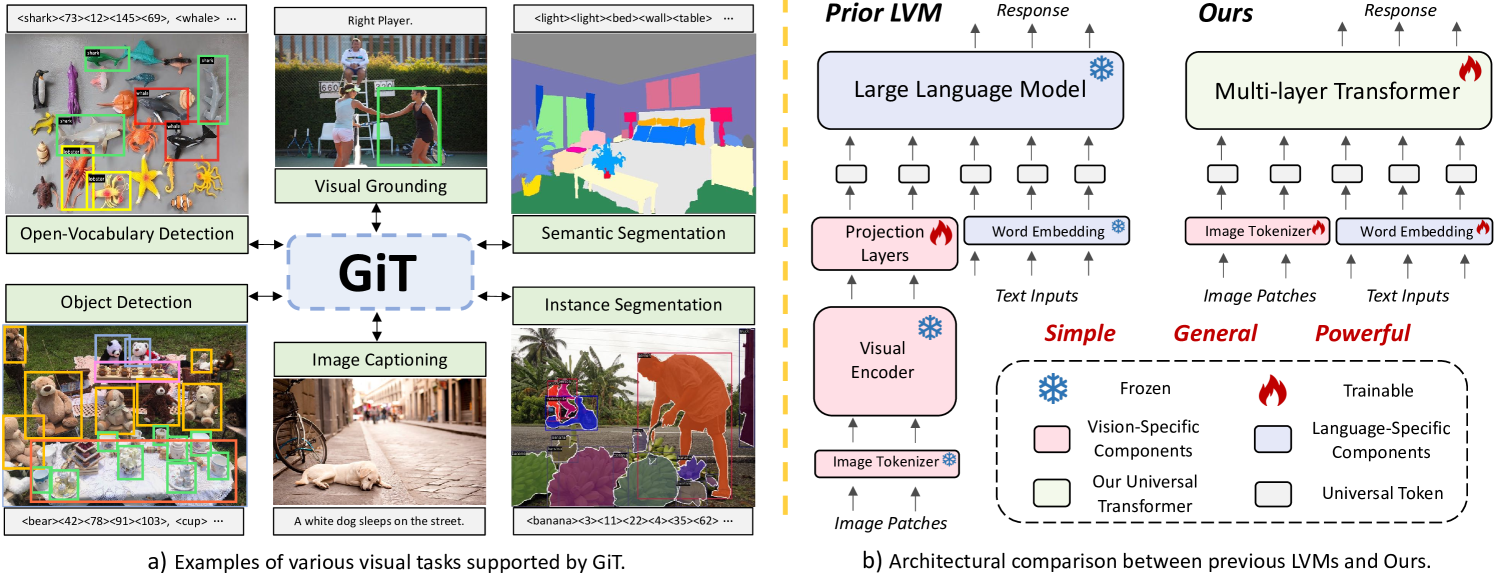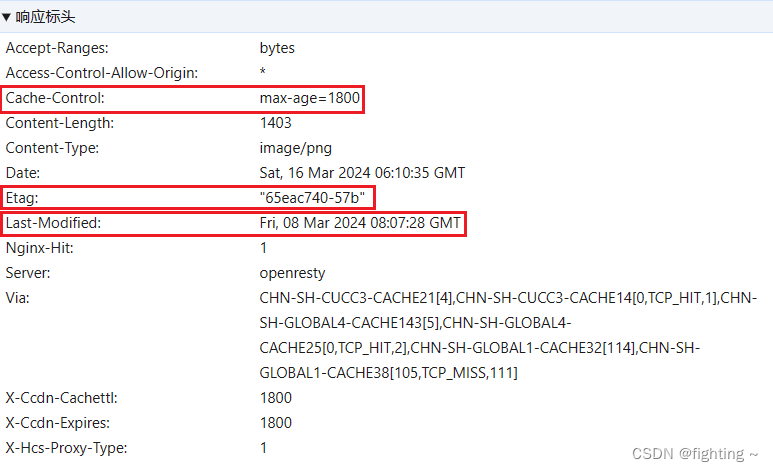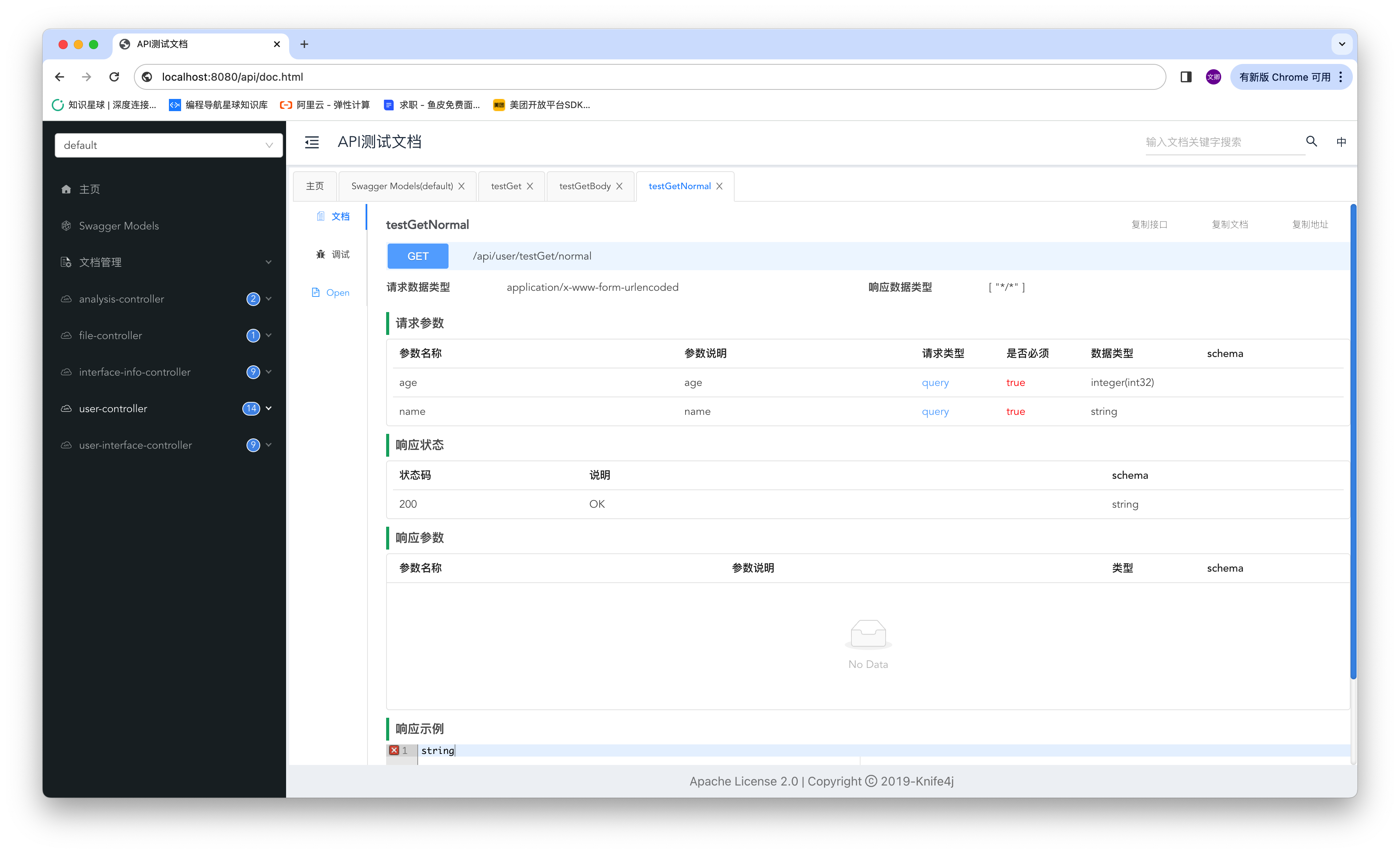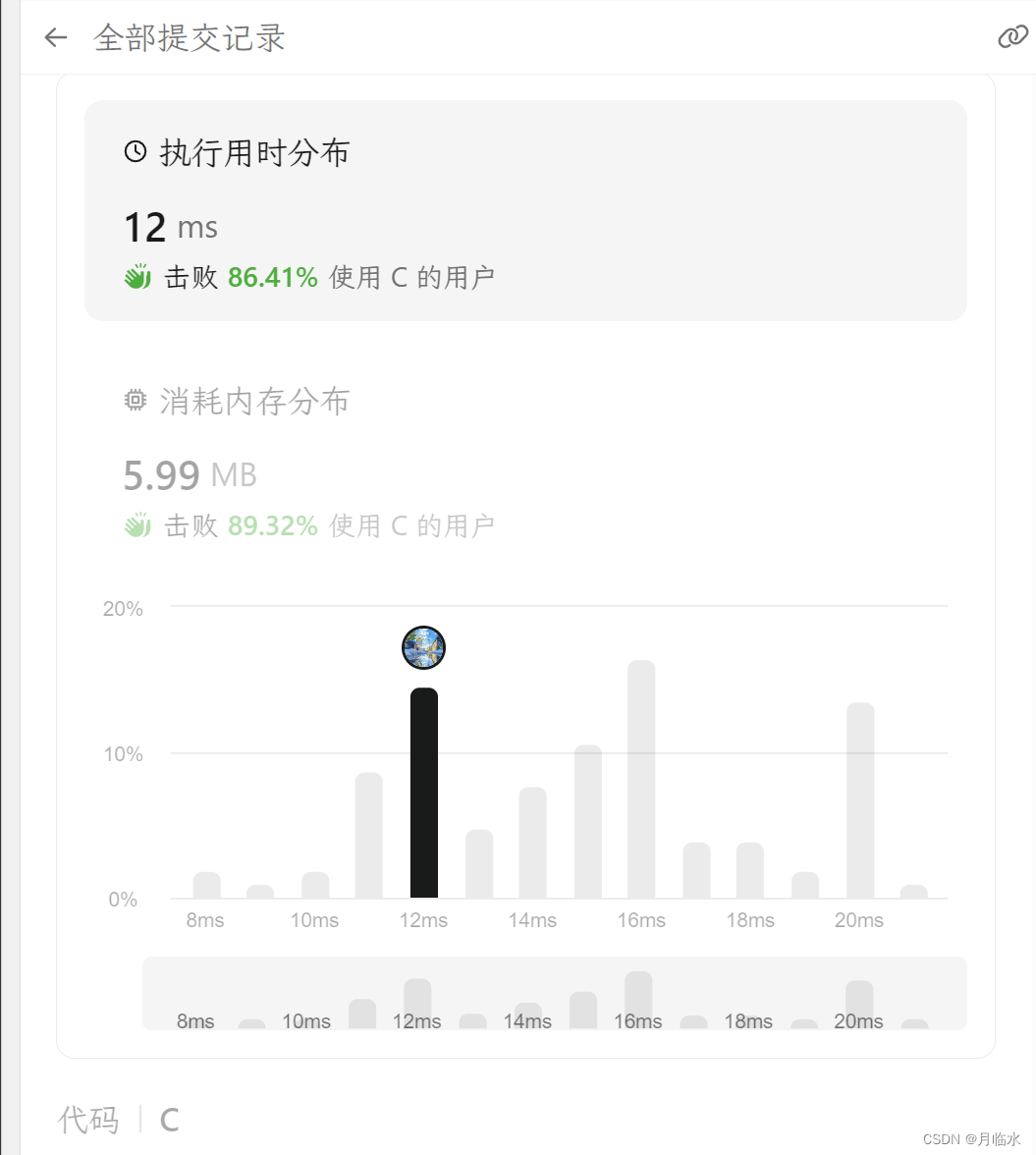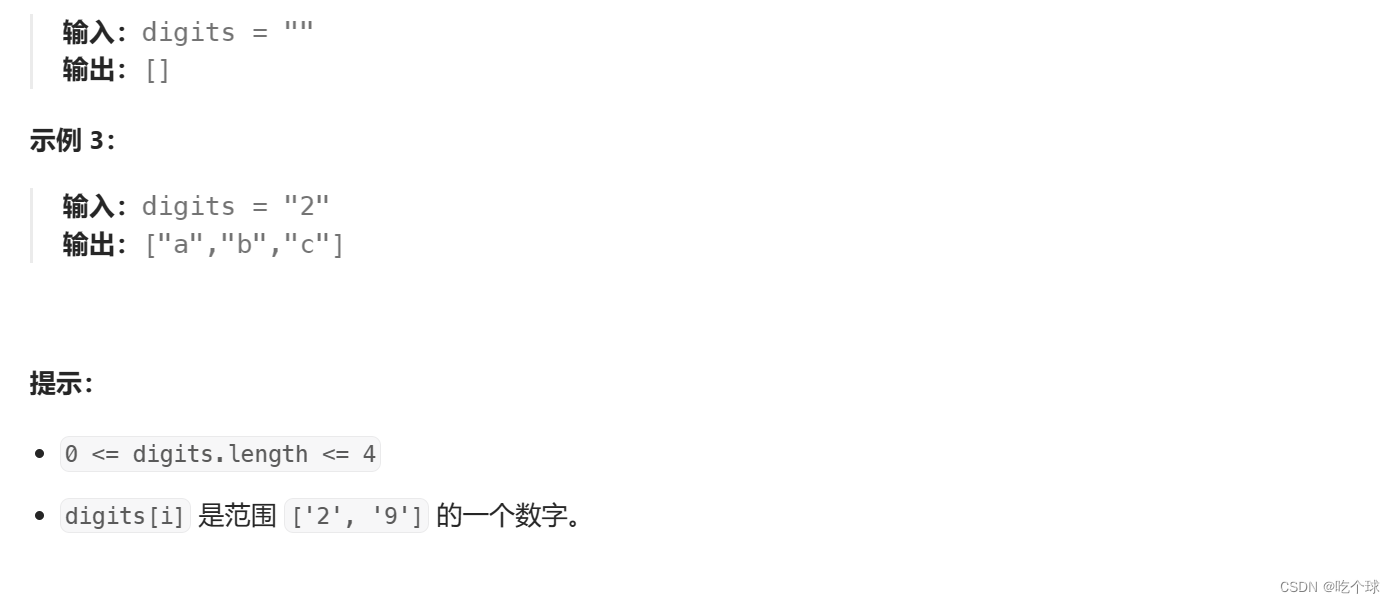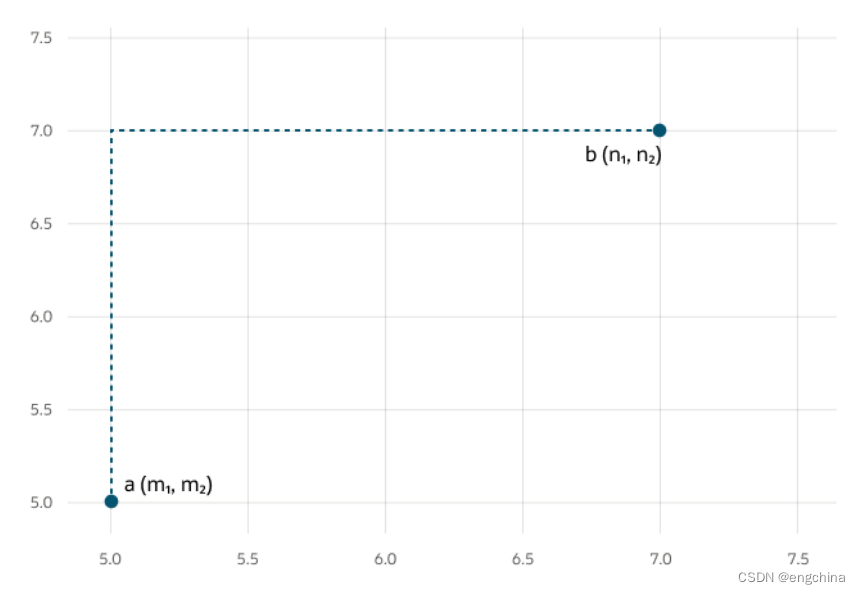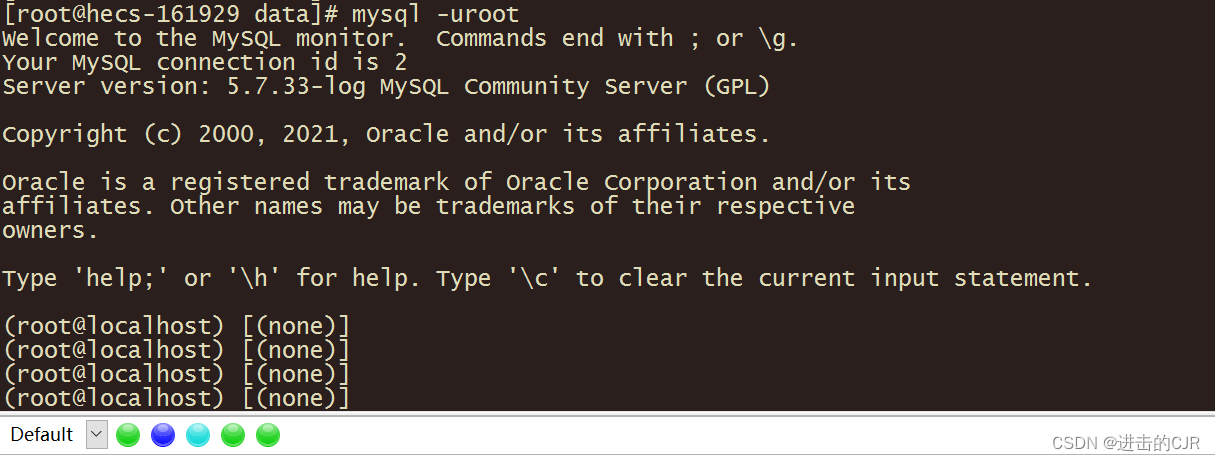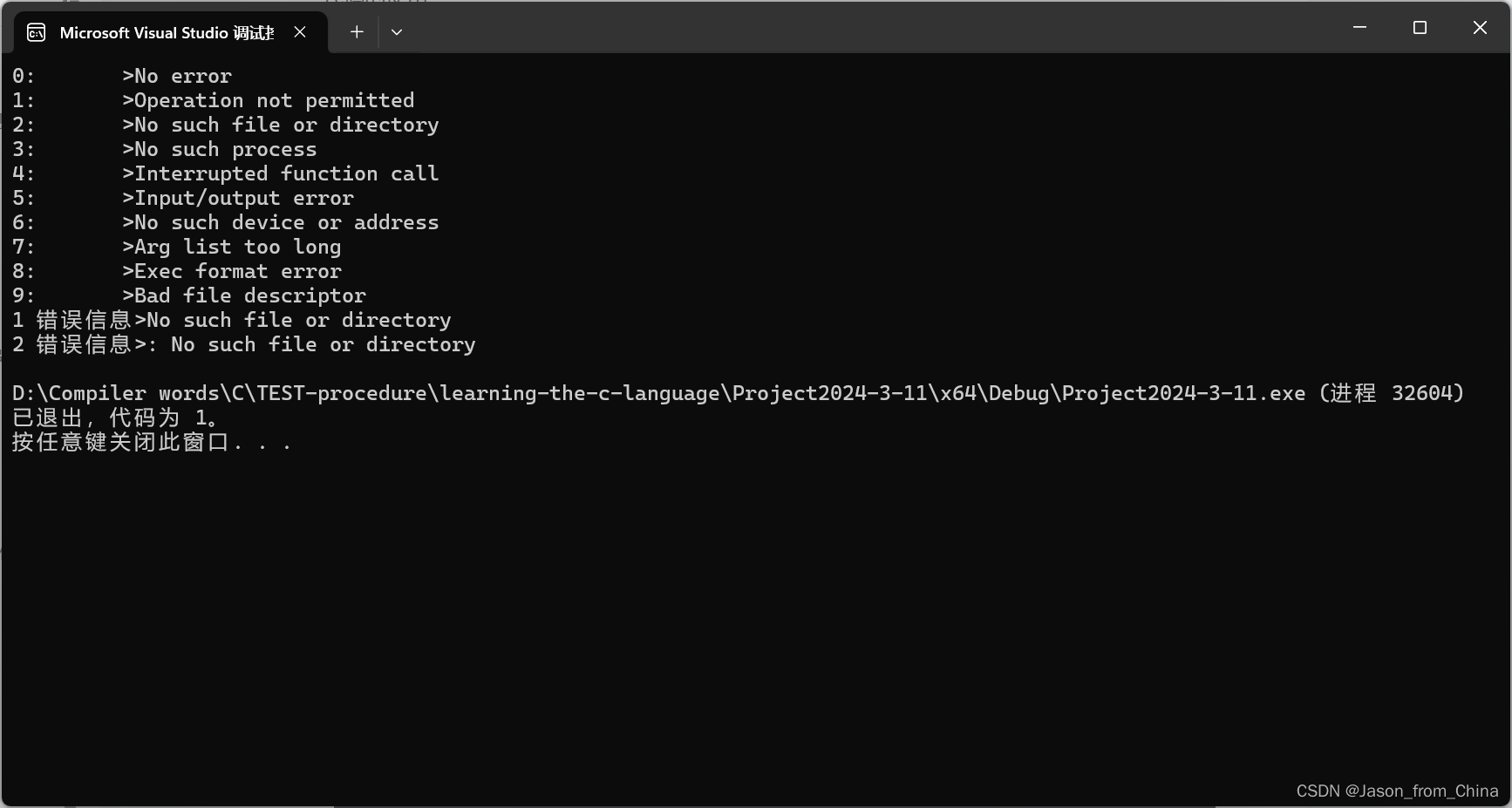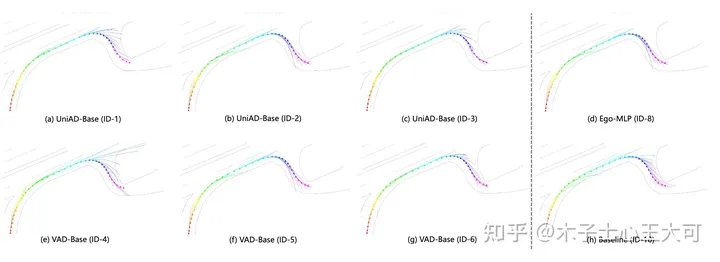#学习笔记#
目录
1.Natural Language Processing,NLP(自然语言处理)
2.Machine Learing,ML(机器学习)
3.Neural Networks(神经网络)
4.Deep Learing(深度学习)
5.损失函数 (Loss Function)
6.梯度下降 (Gradient Descent)
7.随机梯度下降 (Stochastic Gradient Descent, SGD)
8.小批量梯度下降 (Mini-batch Gradient Descent)
9.反向传播 (Backpropagation)
10.过拟合 (Overfitting
1.Natural Language Processing,NLP(自然语言处理)
Natural Language Processing (NLP) is the field of artificial intelligence that enables computers to understand, interpret, and generate human language. It bridges the gap between human communication and computer understanding, making it possible for machines to perform tasks like translation, sentiment analysis, and topic classification.
- interpret--解释、理解
- bridges the gap -- 桥接差距
- perform tasks -- 执行任务
- sentiment analysis -- 情感分析
- topic classification -- 主题分类
2.Machine Learing,ML(机器学习)
This is a subset of artificial intelligence that involves algorithms and statistical models that enable computers to perform specific tasks without using explicit instructions. Instead, they rely on patterns and inference derived from data. The goal of ML is to enable computers to learn from and make predictions or decisions based on data.
- subet -- 子集
- algorithms -- 算法
- statistical models -- 统计模型
- specific tasks -- 特定任务
- explicit instructions -- 明确的指令
- patterns -- 模式
- inference -- 推理
- derived from -- 源自
3.Neural Networks(神经网络)
Inspired by the human brain, neural networks are a set of algorithms, modeled loosely after the human brain, that are designed to recognize patterns. They interpret sensory data through a kind of machine perception, labeling, or clustering of raw input. These networks can adapt to changing input, meaning they generate the best possible result without needing to redesign the output criteria.
- Inspired by -- 受启发于
- modeled loosely after -- 大致模仿,model有模仿的意思,loosely有偏差的
- recognize patterns -- 识别模式
- sensory data -- 感官数据
- perception -- 感知、感觉
- clustering -- 聚类
- raw input -- 原始输入
- adapt to -- 适应
- changing -- chage的现在分词
- redesign -- 重新设计
- criteria -- 标准
4.Deep Learing(深度学习)
Deep Learning is a subset of machine learning in artificial intelligence that structures algorithms in layers to create an "artificial neural network" that can learn and make intelligent decisions on its own. This technology powers advanced applications such as voice recognition and image analysis.
- subset -- 子集
- structures -- 组织
- layers -- 层
- powers advanced applications -- 驱动高级应用
- voice recognition -- 语音识别
- image analysis -- 图像分析
5.Loss Function (损失函数)
A Loss Function in machine learning measures the difference between the actual output and the predicted output of the model. It quantifies how well the prediction model performs by assigning a cost to prediction errors.
- actual output -- 实际输出
- predicted output -- 预测输出
- quantifies -- 量化
- assigning -- 分配
6.Gradient Descent (梯度下降)
Gradient Descent is an optimization algorithm used to minimize some function by iteratively moving towards the minimum value of the function. It is commonly used in machine learning to find the best parameters for a model.
- gradient -- 梯度
- optimization algorithm -- 优化算法
- minimize -- 最小化
- iteratively -- 迭代地
- minimum value -- 最小值
- commonly -- 普遍地
- parameters -- 参数
7.Stochastic Gradient Descent, SGD (随机梯度下降)
Stochastic Gradient Descent (SGD) is a variation of the gradient descent algorithm that updates the model's parameters using only a single sample or a small batch of samples, which makes the process faster and can help avoid local minima.
- stochastic -- 随机的
- variation -- 变体
- batch -- 批量
- local minima -- 局部最小值
8.Mini-batch Gradient Descent (小批量梯度下降)
Mini-batch Gradient Descent is a balance between the full batch gradient descent and stochastic gradient descent. It updates the model's parameters using a subset of the training data, rather than the full dataset or individual samples, optimizing computational efficiency.
- full batch -- 全批量
- subset -- 子集
- training data -- 训练数据
- computational efficiency -- 计算效率
9.Backpropagation (反向传播)
Backpropagation is a method used in artificial neural networks to calculate the gradient of the loss function with respect to each weight by the chain rule, effectively allowing for the optimization of weights to minimize loss.
- calculate -- 计算
- respect -- 关于
- chain rule -- 链规则
10.Overfitting (过拟合)
Overfitting occurs when a machine learning model learns the detail and noise in the training data to the extent that it negatively impacts the model's performance on new data. This means the model is too complex, capturing noise as if it were a significant pattern, leading to poor generalization on unseen data.
- occurs -- 出现
- detail and noise -- 细节和噪声
- to the extent that -- 到...的程度
- negatively impacts -- 负面影响
- performance -- 性能
- capturing noise -- 捕捉噪声
- significant pattern -- 重要模式
- poor generalization -- 泛化能力差
- unseen data -- 未见数据
后续更新:
全连接神经网络
循环神经网络
卷积神经网络
生成对抗网络(Generative Adversarial Network,GANs)
监督学习(Supervised Learing)
无监督学习(Unsupervised Learing)
半监督学习(semi-supervised Learing)
强化学习(Reinforcement Learing)
词向量
TF-IDF
预训练语言模型
生成式语言模型
以上
君子坐而论道,少年起而行之,共勉

